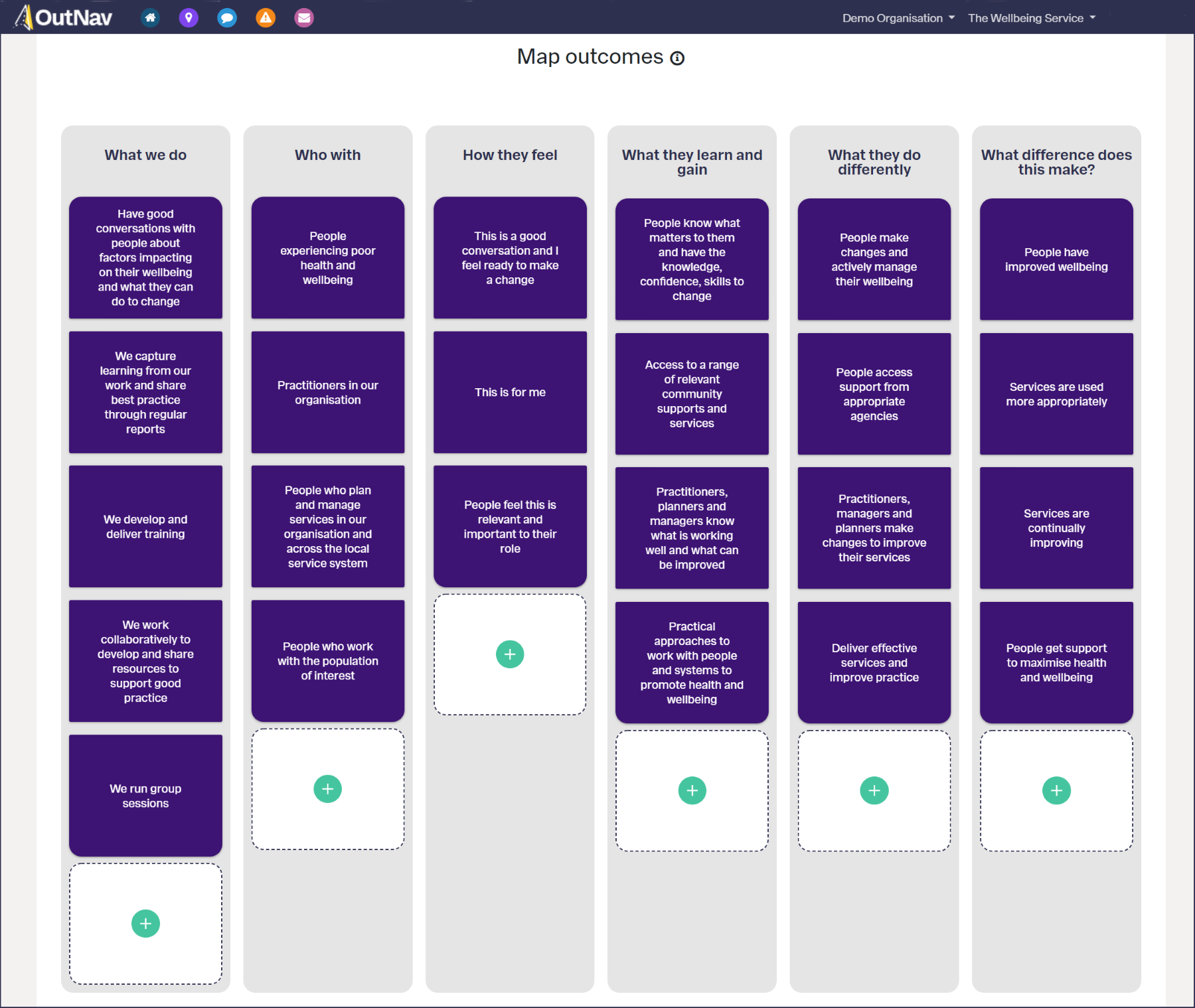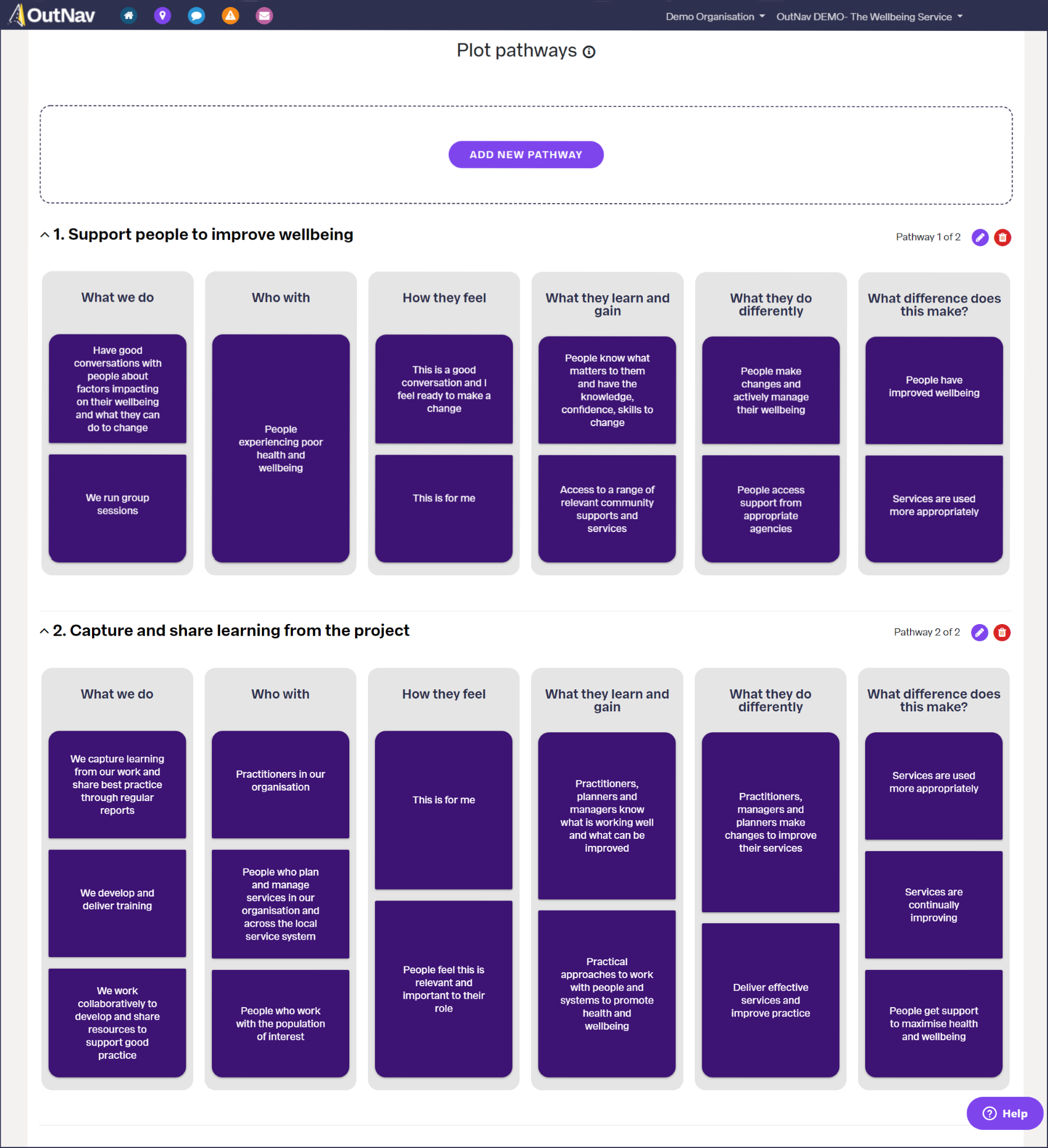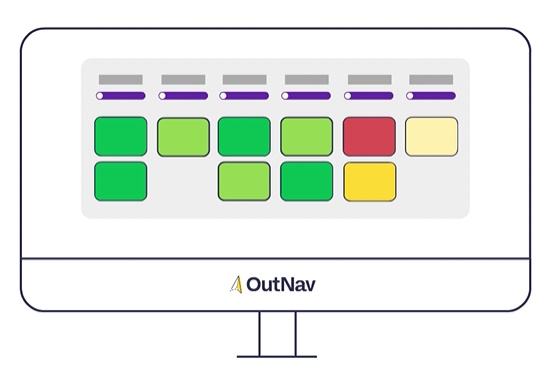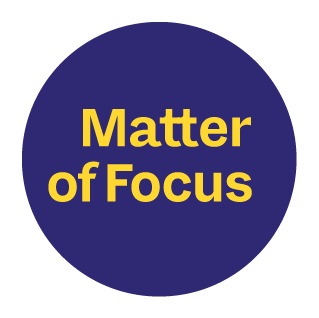Understanding the steps it takes to create and enable change is fundamental to high impact projects and programmes. Our approach helps teams and organisations be explicit about the change they seek, and show the steps it takes to create it.
If outcome mapping is new to you, you might like to read our post What is outcome mapping?
From map to pathway
Once you have created and refined an outcome map – and agreed it reflects your work – the next step is focus on the change mechanisms that lead to outcomes and impact.
We do this by breaking down the outcome map into linked sets of activities and levels of outcome. We call these the pathways.
Image 1 shows a complete outcome map held within our software OutNav. Image 2 shows that same map split into two pathways, each focused on a different area of work:


In OutNav, pathways turn your map from a static representation of your work into a dynamic, interactive tool for tracking how change happens.
The pathways show the different mechanisms that your project, programme, or organisation is using to create change.
You might group pathways by stakeholders (for example, people benefitting from a service, and wider professionals), by types of activity (like different team or programme work), or by outcome (such as strategic outcomes for your organisation or policy area).
Maps are designed to be used. And every map needs pathways to take you from A to B. That’s why all assessment and use of evidence takes place at pathway level. Adding evidence at each step helps your team understand progress, show where your data is strong, and identify gaps.
In OutNav, we use colour coding to show your confidence in the evidence. This turns your map from a description of the change you seek, into a practical tool to use, share and improve your impact.

OutNav structures the process of plotting pathways and assessing your data and evidence. To find out more about OutNav, start with our post Outcome maps: the cornerstone of OutNav.
Why are pathways helpful?
Pathways help you:
- focus on the key change mechanisms at the heart of your work
- look closely at specific people, activities and outcomes that are important to your team and the people you work with
- focus on the evidence you need to demonstrate change
- share what you did and how change happened
- make the evaluation process more manageable.
Most outcome or impact maps have two or three pathways, and each pathway represents an important story that needs to be told for others to understand the difference you’ve made.
By focusing on pathways, we want you to be able to tell the right stories to the right people in a way that feels meaningful and true to the work you’ve done.
Tips for making the best of pathways
- Balance: We advise balancing what is important to demonstrate about the work with the effort required to generate evidence and monitor progress. The more pathways the bigger the evaluation job. It is a bit of an art to get this right, but there is plenty of room for experimentation and flexing.
- Focus on what’s distinctive: It’s helpful to identify which activities are distinctive, such as one-to-one support and wider community engagement. These activities are both important – but they are often very different from one another.
- Highlight your innovations: Create a separate pathway to show cutting edge practice or innovative approaches to care and support.
Teams and organisations commonly focus pathways on these three areas:
- Who? By focusing on who is accessing your service or support, you can pay particular attention to the different ways you work with people. For example, by having distinct pathway for people accessing support and another for carers and families, you can show the different ways you support these particular groups.
- How? By focusing on different aspects of your activity, like influencing policy and practice, wider communications work, and building staff capacity, you can put the spotlight on the different approaches you’re taking to create change and the way this work leads to outcomes and impact.
- So what? By focusing your pathway around strategic outcomes, you can show how all the activity you do, and the reach you have with people, leads to your organisation or policy area’s top-level outcomes.
There is no one right or wrong way to decide on which pathways will work in any setting – it usually becomes obvious in the mapping process.
Creating outcome maps and pathways is often a satisfying process. It brings clarity and direction. That’s what maps and pathways are for – to help you stay on track. In this case, they help you understand and explain the difference you make.
We are experienced in bringing together often large and varied groups of stakeholders to reach a shared understanding of what matters. Our participatory process of understanding and linking activities to the outcomes that matter to your initiative ensures everyone agrees and can communicate what you do and why it matters.
Find out more